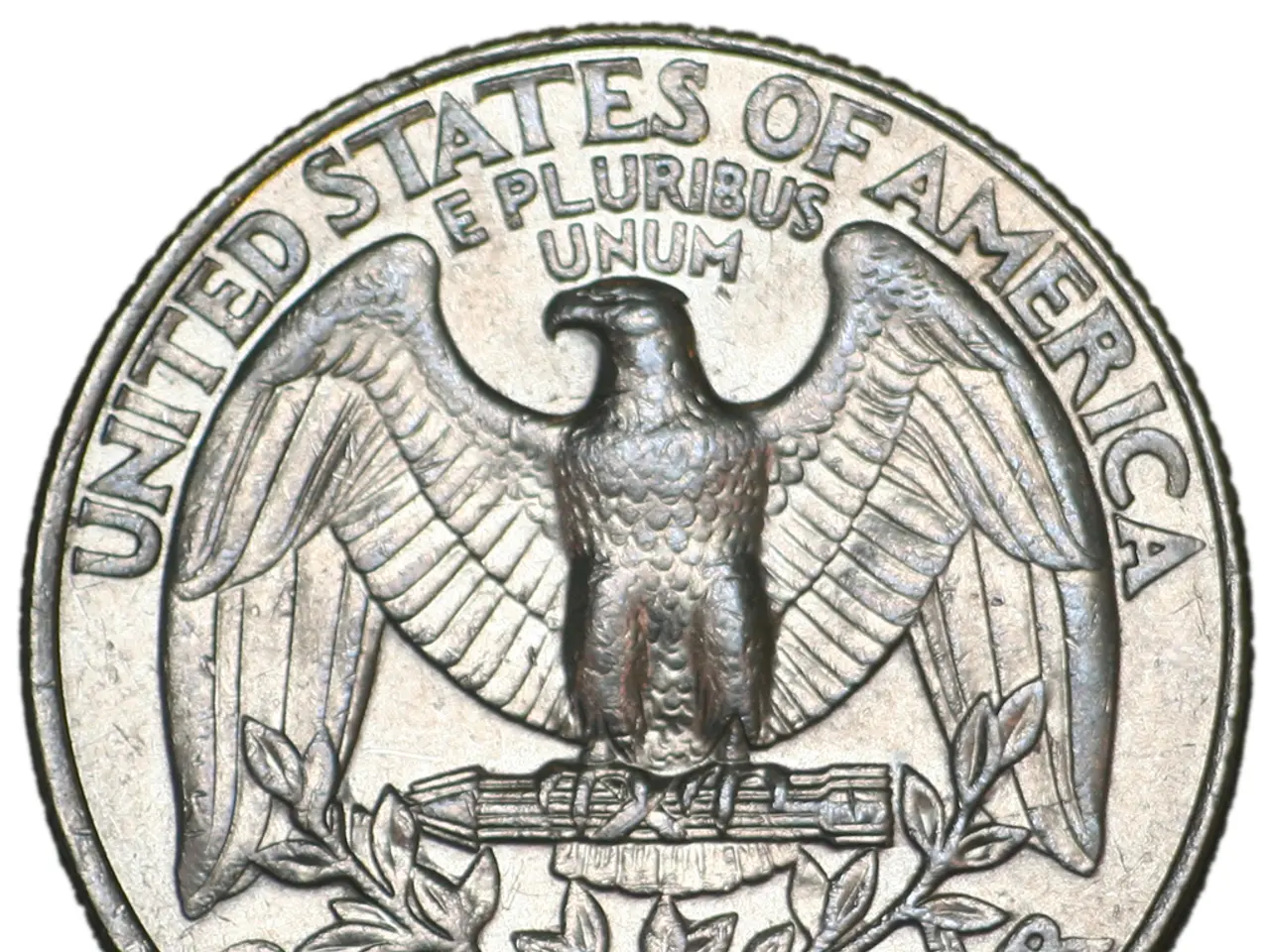Enhancing Data Science in Practice: Assessing Promotion Efficiency and Planning Strategies - Sequel (Part 3)
Promotion modeling, a crucial aspect of retail analytics, involves understanding the impact of various promotional tactics on sales. In this article, we'll walk through the steps to prepare a robust dataset for promotion effectiveness modeling, focusing on time, product, and location granularity.
Defining the Grain of Aggregation
The first step is to define the grain of aggregation carefully. This establishes the natural unit of analysis for your model, such as daily sales per product per location or weekly sales per store per product. Aggregation should respect business logic and data availability to preserve meaningful variance without excessive sparsity or noise.
Feature Engineering
Time
Create time-relative features to capture delayed effects, seasonality patterns, and time-specific trends. These might include lagged sales or promotion indicators, time since last promotion, cumulative promotions in a time window, day of the week, month, holidays, and so on.
Product
Consider product hierarchy features like category, brand, or price tier. Create features capturing similarity to promoted or competing products.
Location
Incorporate store/channel/region attributes and local market characteristics. Include local promotions or competitor promotions if relevant.
Outlier Detection and Data Filtering
Identify and handle outliers in sales or promotion response through statistical methods or domain rules. Filter out or transform extreme values to avoid biasing model training. Remove data points where promotions were incorrectly recorded or where external events distort normal patterns.
Feature Construction Techniques
Calculate interaction features, generate ratio or rate features, use domain insights to create composite scores, consider dimensionality reduction methods, and so on.
Feature Selection and Validation
Employ model-intrinsic feature importance methods to rank and select influential features. Use cross-validation and consistency checks to ensure features are robust and generalize well. Continuously monitor feature impact to refine the feature set, removing redundant or noisy variables.
While this guide focuses on general feature engineering principles and methods, it's important to remember that the overall approach involves leveraging domain knowledge of promotion effects, careful aggregation at the correct grain, and rigorous outlier and filtering processes to produce robust, interpretable features that improve model performance.
It's also worth noting that promotion modeling is a complex task, especially when implemented at scale. To calculate promotion ROI, the cost of the product and the cost of promotions should be included in the modeling dataset.
Lastly, aggregation, filtering, and feature engineering are necessary steps to go from foundational data to the modeling dataset. Using only cross-sectional data for causal promotion demand modeling can be challenging and requires special modeling techniques and strong assumptions. UPC might be a more natural choice as a grain for the product, as price elasticities can change by different package sizes and flavours within the same brand.
- In the realm of promotion modeling and retail analytics, utilizing data-and-cloud-computing solutions can help manage large datasets effectively, ensuring efficient handling of promotions, sales, and other relevant data.
- For a business aiming to invest in technology and advance its promotional strategy, integrating finance solutions can provide insights on the return on investment (ROI) of promotions, enabling smart budgeting and decision making for future marketing campaigns.




